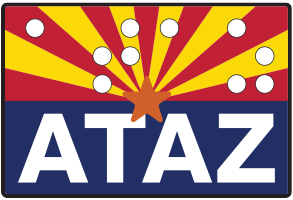Overview PDF version 183kb, 1 page
The general public tends to think of blindness as a total lack of sight, however, definitions of blindness do vary. All states consider anyone whose visual acuity for distant vision is 20/200 or less in the better eye with best correction, or widest diameter of visual field less than 20 degrees, as a "legally" blind person. “Legally blind” can, therefore, include persons who have some sight and those who are totally blind.
Medical Aspects
Numerous eye conditions may result in blindness or visual impairment. Cataracts, retinitis pigmentosa (RP), macular degeneration, glaucoma and diabetic retinopathy are the more common eye conditions. Specialty doctors may include the ophthalmologist who may have surgical or other specialties, the optometrist to prescribe eyeglasses, and the clinical Low Vision doctor to utilize the best corrected vision.
Vision Rehabilitation
Orientation and Mobility: is a service provided by certified specialists (“Certified Orientation and Mobility Specialist”) to teach the skill of orienting to the environment and to safely navigate within an environment using remaining senses and mobility aids such as the white cane.
Rehabilitation Teaching/Therapy: is a service that provides instruction to individuals who are blind and visually impaired in the areas of home and personal management, adaptive communication skills such as Braille, keyboarding, accessing print materials, basic computer skills, diabetic and health management, adjustment to blindness counseling, use of assistive technology for daily living, and more.
Assistive Technology: Assistive technology for persons who are blind or visually impaired may include low vision aids, daily living aids, mobility aids and computer access technologies. Assistive technology devices may be purchased privately or may be prescribed by specialists (i.e. Low Vision specialists, O & M specialists, Vision Rehabilitation Therapists/Teachers, or Assistive Technology Specialists) in order to achieve precise matching of abilities and task related needs with one or more specific assistive technology aid or device.
Assistive Technology to Accommodate Persons who are Blind or Visually Impaired [AT-BVI]
Mobility
- white Canes
- accessible (talking) GPS
- distance alerts
Daily Living Aids
- Optical magnifiers
- Electronic magnification
- Talking or tone alerts
- Book readers
Computer Access
- Screen magnification software
- Screen reading software
- Scan and read camera and OCR
- Refreshable Braille
- Braille embossing
 ATArizona.com
ATArizona.com 